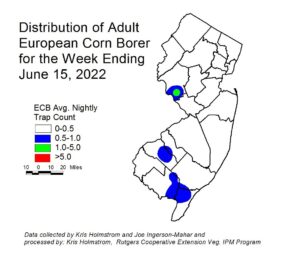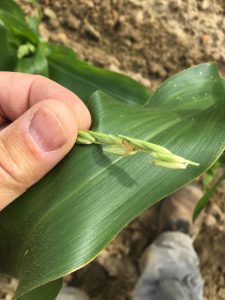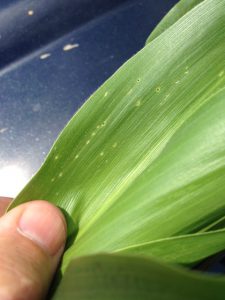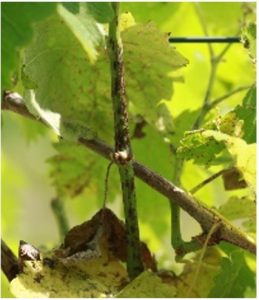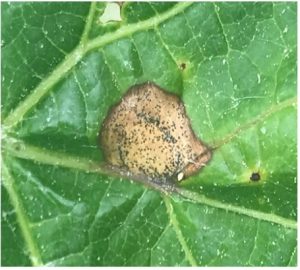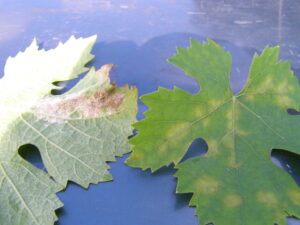
Agricultural producers who did not receive the 2017 Census of Agriculture and do not receive other USDA surveys or censuses have until June 30 to sign up to receive the 2022 Census of Agriculture. USDA’s National Agricultural Statistics Service (NASS) will mail ag census survey codes for responding securely online to every known U.S. producer this November. Hard copy questionnaires will follow in December.
The ag census, conducted for over 180 years, remains the only source of comprehensive and impartial agricultural data for every state and county in the nation. It includes every operation – large or small, urban or rural – from which $1,000 or more of agricultural products are produced and sold, or would normally be produced and sold, in the ag census year.
“The Census of Agriculture is a complete count of U.S. farms and ranches and the people who operate them,” said Bruce Eklund, state statistician of the USDA’s National Agricultural Statistics Service (NASS), New Jersey Field Office. “Every response is important. The Census of Agriculture is only taken once every five years and documents the value of America’s rural and urban farmers and ranchers. When it comes to Agriculture, people seek information about the local level. Help us document the importance of agriculture in your area.”
On the NASS webpage, producers can also access frequently asked questions, explore past and current ag census data, access tools to help spread the word about the upcoming ag census, learn about ag census special studies, and more.
NASS builds its distribution list for every Census of Agriculture between and during ag census through the official sign-up webpage and multiple National Agricultural Classification Surveys. To learn more about the 2022 Census of Agriculture, visit their website or call the NASS New Jersey Field Office at 503-308-0404.
###
NASS is the federal statistical agency responsible for producing official data about U.S. agriculture and is committed to providing timely, accurate and useful statistics in service to U.S. agriculture. USDA is an equal opportunity provider, employer and lender.
